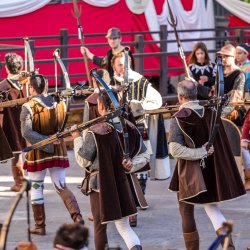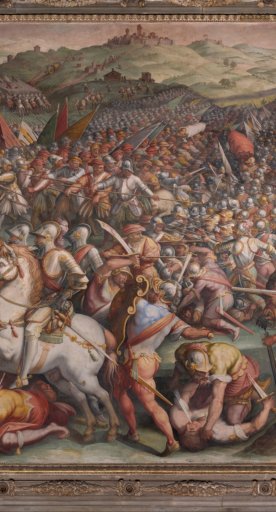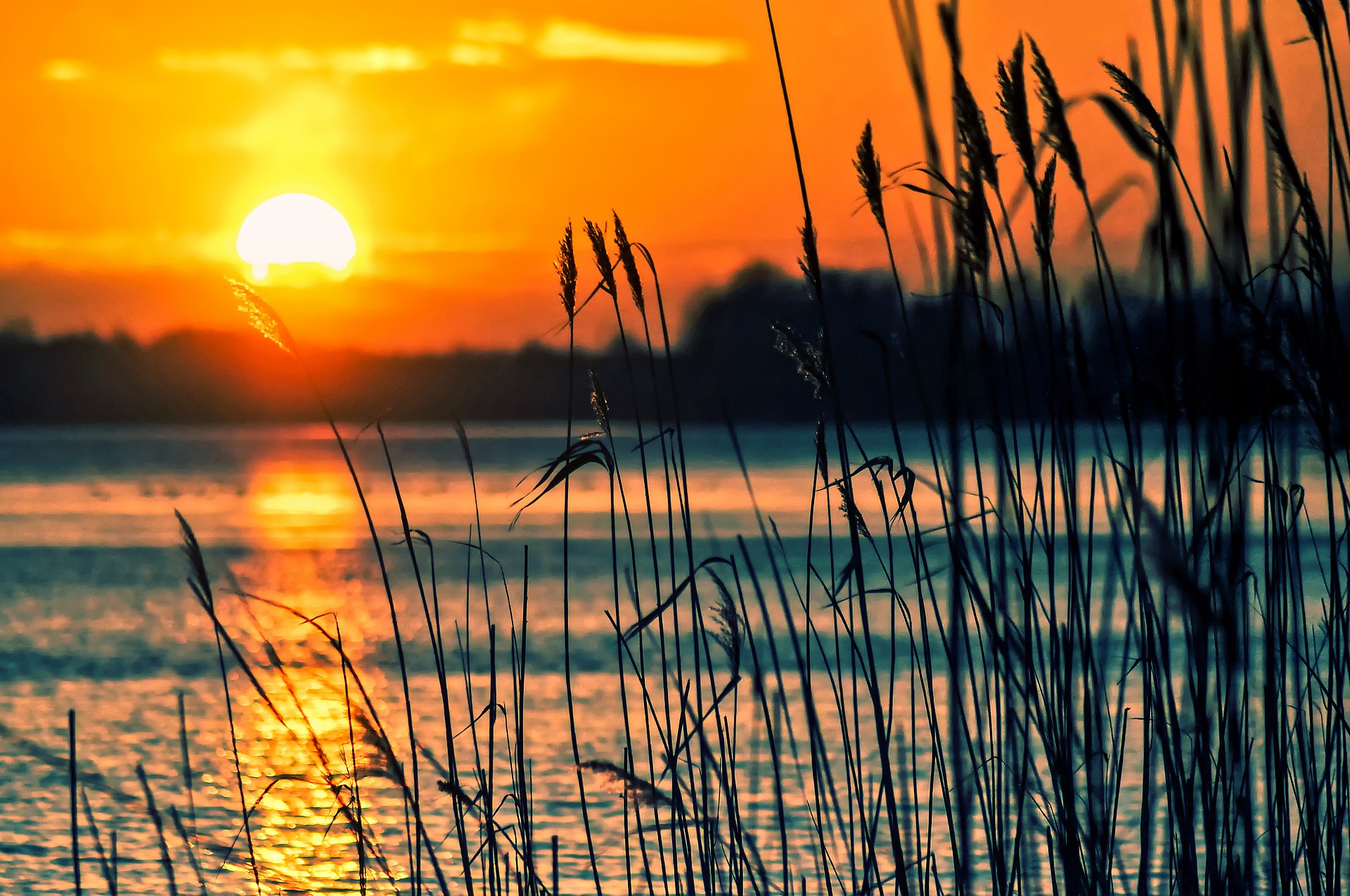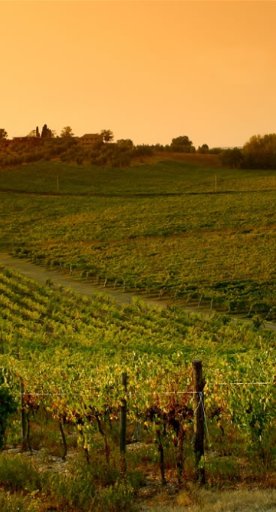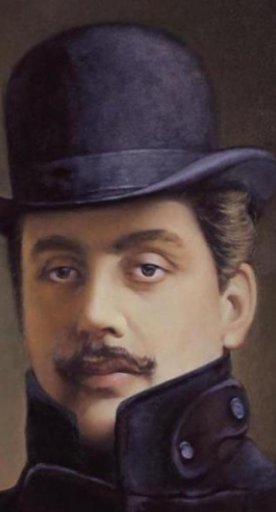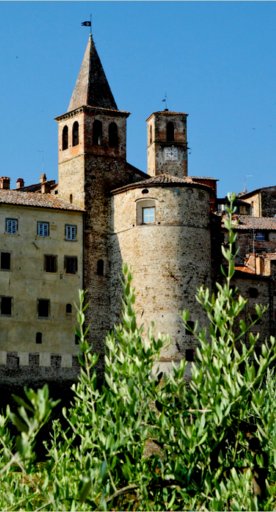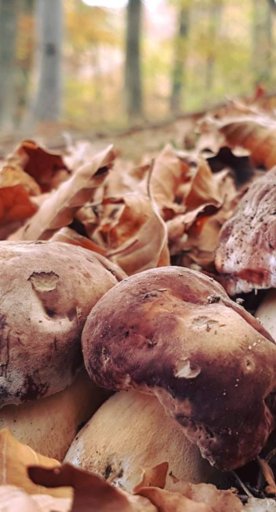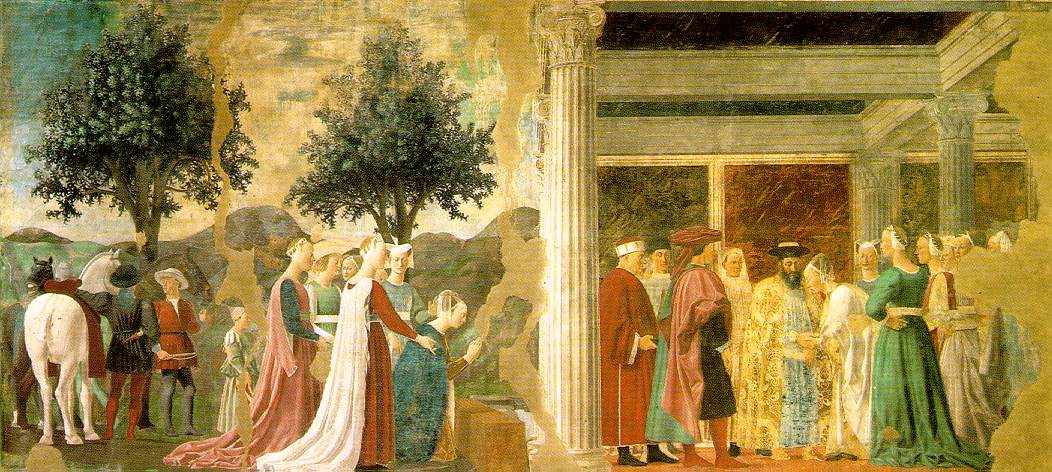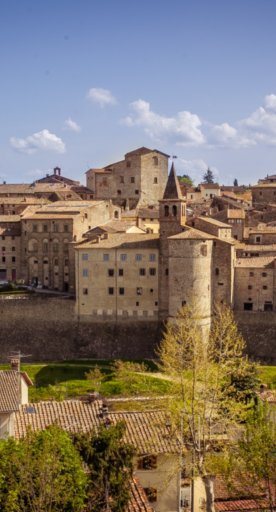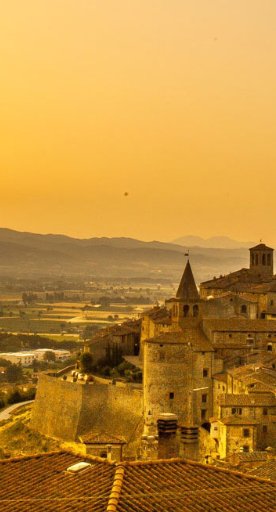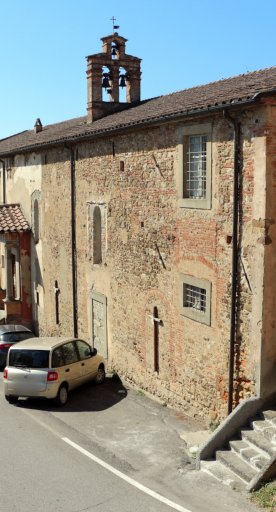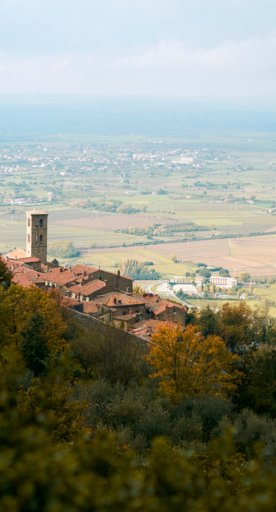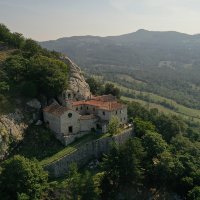
10 things you can’t miss in Sansepolcro
Discover the treasures of the main town in the Valtiberina in Tuscany
Sansepolcro is located at the foot of the Apennines in the Tuscan Valtiberina, on the border between Umbria and Marche regions. Its position on the eastern edge of the region means that the nearest sea is the Adriatic, on the other side.
Its origins are shrouded in mystery: legend has it that two pilgrim saints, Arcano and Egidio, on their return from the Holy Land stopped in this valley and, thanks to a sign from God, they decided to stay and build a small chapel to house the holy relics they’d brought from Jerusalem.
We put together all the things to see and to do in Sansepolcro and this is the top 10!
-
1.The Civic Museum
-
2.The Cathedral of San Giovanni Evangelista
-
3.The Aboca museum
-
4.San Lorenzo Church
-
5.Other Churches
-
6.Hermitage of Montecasale
-
7.The Palio della Balestra
-
8.The Lacemaking of San Sepolcro
-
9.Bernardini-Fatti Museum of Antique Windows
-
10.CasermaArcheologica
The Civic Museum

The town of Sansepolcro is the birthplace of Piero della Francesca, one of the most important Renaissance artists, making the Civic Museum a must-see. Various artworks on display are related to this important figure, such as the stunning Resurrection, a large fresco painted between 1450 and 1463. In 1952 the English writer Aldous Huxley described it as “the best painting in the world”.
Not to be missed another work by Piero della Francesca, the polyptych of the Maddona della Misericordia altarpiece, as well as the enchanting terracottas by Della Robbia. The museum also preserves numerous interesting sculptures, engravings, goldsmiths and sacred vestments.
The Cathedral of San Giovanni Evangelista

The Duomo of Sansepolcro, officially a co-cathedral, has ancient origins since it was founded more than 1.000 years ago as a Benedictine abbey along the pilgrimage routes to preserve a relic from the Holy Sepulchre, brought back from the Holy Land by the saint pilgrims Egidio and Arcano.
Between 1473 and 1474, Piero della Francesca worked in this church, and in 1492 he was buried in a chapel inside the cloister of the Bishop's Palace, one part of the original abbey. The cathedral preserves a particular piece of art, the so-called Volto Santo (Holy Face). This polychrome wooden crucifix, dating back to the 12th century and coming from the East, is an object of special veneration representing one of the first artistic portrayals of Christ on the cross.
The Aboca museum

Located in the ancient Palazzo Bourbon del Monte, the Aboca Museum aims to safeguard and promote the traditional use of medicinal herbs and extracts. It is home to a fine collection of mortars, ceramics, glassware, laboratory tools, books and ancient herbals down the centuries.
A very important part of the museum is the Bibliotheca Antiqua, the botanical library with a precious collection of ancient books about medicinal plants.
San Lorenzo Church

Among the numerous churches of Sansepolcro, San Lorenzo deserves a special mention because it preserves an evocative painting by Rosso Fiorentino. As a matter of fact, on the main altar stands The Lamentation over the Dead Christ painted by the Mannerist master in 1528, reminding of the Volterra Deposition by the same artist.
The church was built in 1556, together with the adjoining convent to house the Benedictine nuns. Not to be missed is the elegant sixteenth-century portico on the facade that runs in part also on its left side.
Other Churches
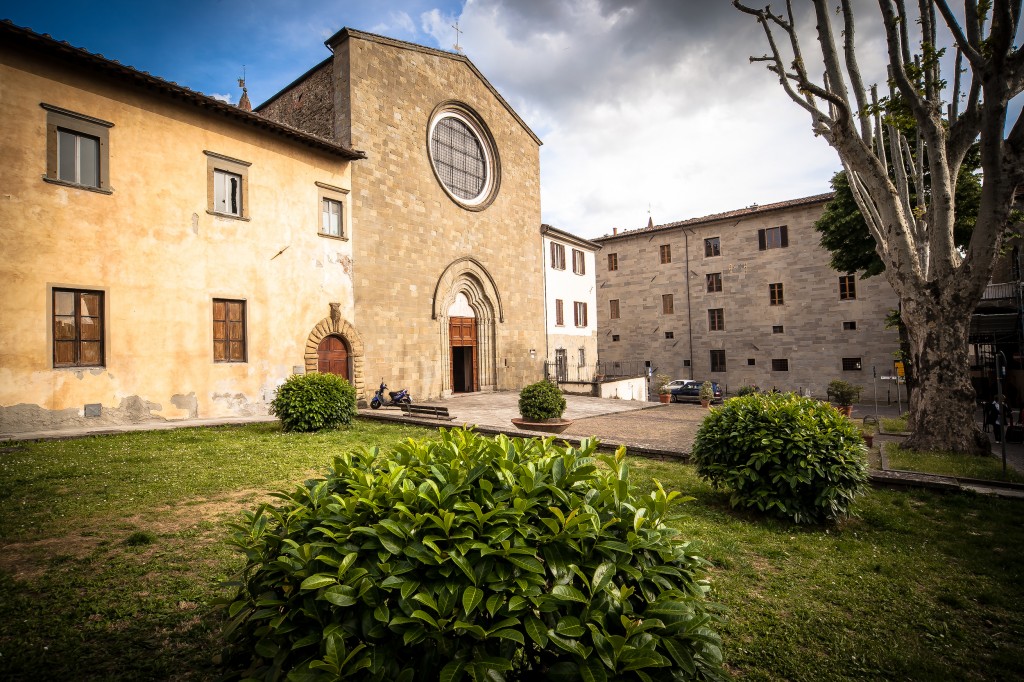
The city has a large number of churches, in addition to the ones mentioned before, mainly connected to monasteries, convents, and confraternities. Most of them preserve valuable artworks from the Renaissance and Mannerism that deserve to be seen. Notable buildings are the 16th-century Church of Buon Gesù, which looks more like a palace than a religious building, the 13th-century Church of San Francesco, the Church of San Michele Arcangelo and the Church of Santa Maria delle Grazie.
Last but not least, the Church of San Rocco was built by the Compagnia del Crocifisso (Company of the Cross) in 1554. The single nave church with side altars in stucco and the main altar of the 17th century houses an impressive 13th century wooden sculpture depicting Christ taken down from the Cross. The church is worth mentioning for its Oratory of the Company of the Cross, decorated by stunning frescoes by the brothers Alessandro, Giovanni and Cherubino Alberti in 1587-1588, and preserving an interesting copy of the Holy Sepulchre of Jerusalem made of sandstone in 1629.
Hermitage of Montecasale

Built in 1192 the Hermitage of Montecasale is now a lodging facility for pilgrims along the Way of Saint Francis. Donated to Saint Francis in 1213, this hermitage is a place of primary importance for the Saint of Assisi and his spirituality.
It’s possible to visit the site in which Saint Francis slept, prayed and lived part of his life in solitude, surrounded by nature, silence, and spirituality. The architecture is a wonderful example of the “poor style”, which emphasizes the simplicity of the religious order and the use of local materials.
The Palio della Balestra

The Palio della Balestra is a crossbow tournament held every year on the second Sunday of September, well documented since 1594. This unmissable event in Sansepolcro involves a large number of citizens dressed up in splendid Renaissance costumes made by following the figures portrayed by Piero della Francesca in his frescoes.
The competition takes place in the evocative Piazza Torre di Berta where over 80 crossbowmen from Sansepolcro and from the rival Gubbio take turns at the shooting stations to hit the precise center of the bullseye, called bulletta del corniolo.
On the Saturday before the Palio della Balestra two unmissable events are held: the starts of the Market of Sant'Egidio, a Renaissance re-enactment with craftsmen and artists in the streets of the town, and the Flag Games, or Giochi di Bandiera. The event usually begins at 9pm in Piazza Torre di Berta and features the performances of many artists who are invited to take part.
The Lacemaking of San Sepolcro
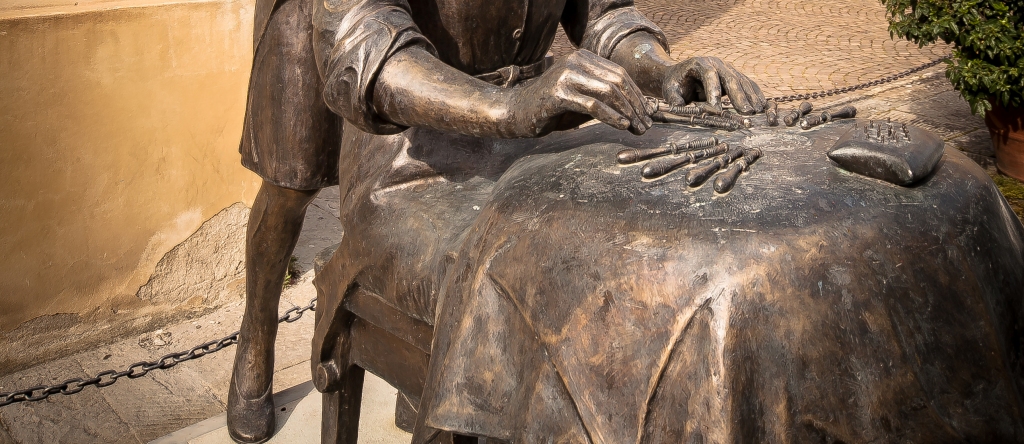
At the beginning of the last century, the two sisters Adele and Ginna Marcelli, started a school of lacemaking. After studying various Italian and foreign methods of crocheting, they invented a new lace with its very own characteristics. The school housed up to 100 women at a time and their work was very successful and appreciated all over Europe and America.
In the ‘80s they organized the first exhibitions of lace, which were later organized every two years. In 1996, the municipality of Sansepolcro set up a "Crochet Space" with a permanent exhibition in which lace and authentic documents from the Lacemaking school are preserved.
Bernardini-Fatti Museum of Antique Windows
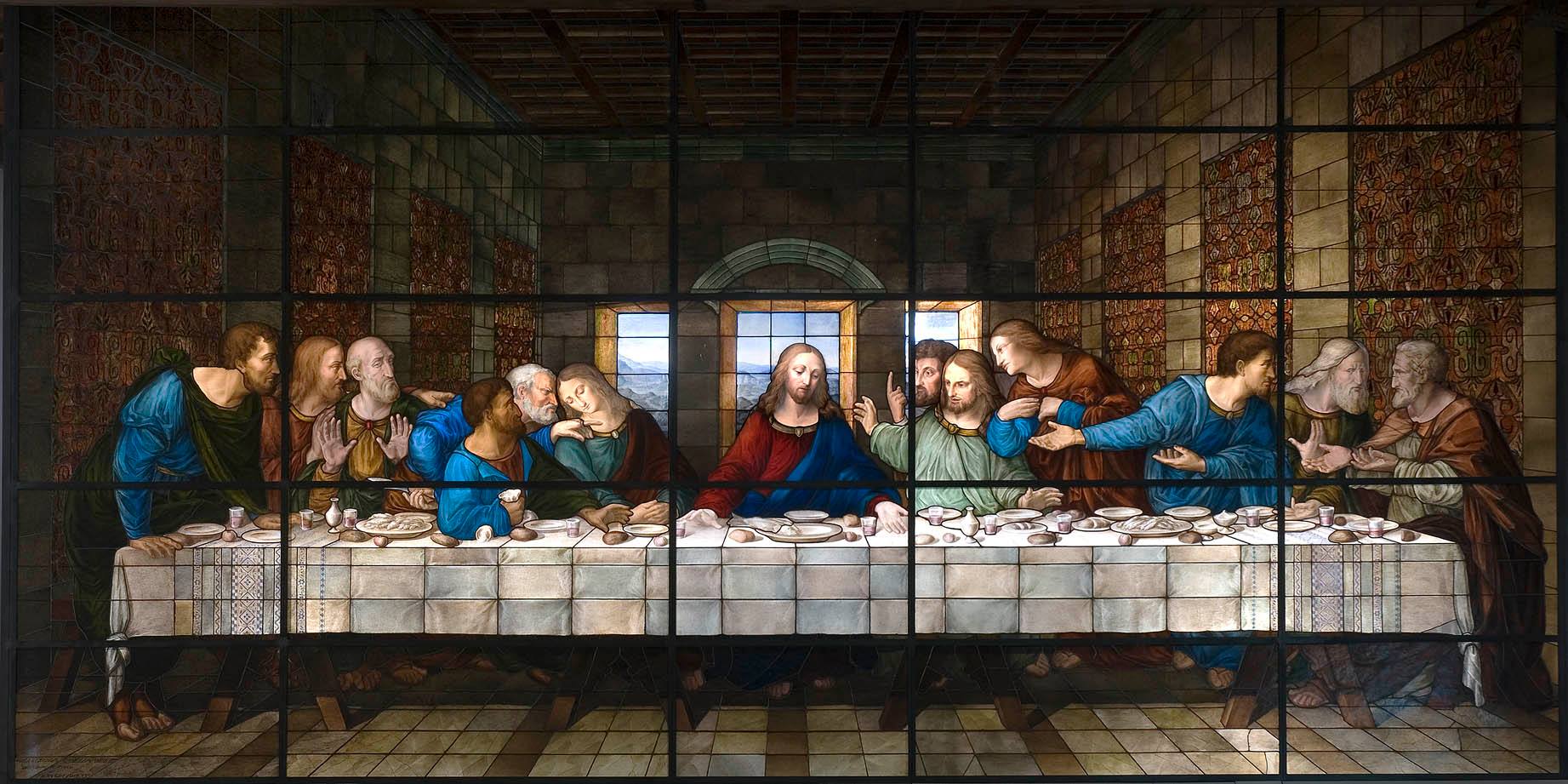
The Bernardini-Fatti Museum of Antique Windows is housed in the former Church of San Giovanni Battista. It’s the first collection in the world dedicated to stained glass windows displaying work by artists from the end of the 19th century and the beginning of the 20th.
There are panels, sketches, publications, and over 40 engravings depicting the Chantilly windows based on Raphael’s drawings. Striking are a crucifix from the Morris Chapel in Gildestonean and a reproduction of Leonardo da Vinci’s Last Supper.
CasermaArcheologica

CasermArcheologica is a space for Contemporary Art and takes its name from the history of the Muglioni Palace where it is housed. This medieval building was once the splendid residence of the noble Muglioni family, which was later reconverted into a military station.
Located in the city center, it hosts art exhibits, a few artists’ studios, conferences, and workshops both for adults and children.

